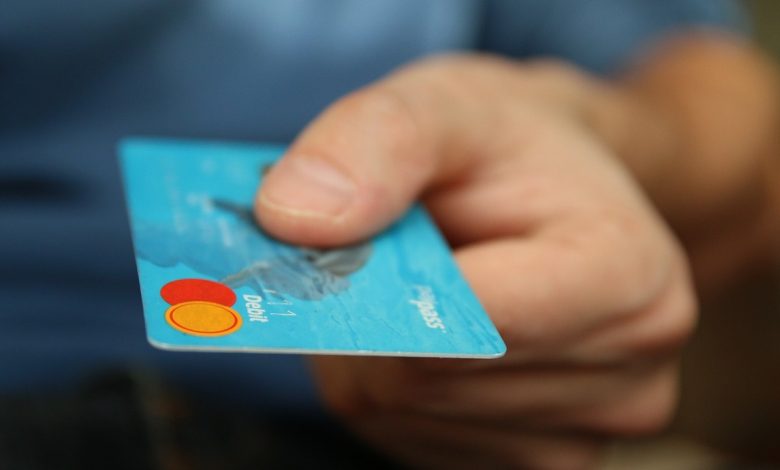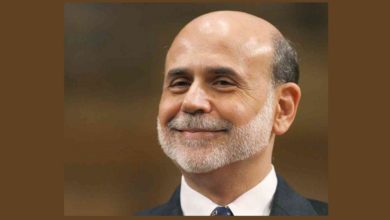Credit Card Debt Surges Again in March Despite High Interest Rates

After pulling back slightly in February, Americans went back to borrowing on credit cards in March — despite record-high interest rates. This indicates that consumers continue to struggle to make ends meet in this deteriorating economy. It also reveals that the Fed’s monetary tightening is not cooling spending as promised.
Consumer debt spiked by another $26.5 billion in March, a 6.6% increase year on year, according to the latest data from the Federal Reserve. It was the biggest jump in total consumer debt in four months.
Americans now owe a record $4.85 trillion in total consumer debt.
The Federal Reserve consumer debt figures include credit card debt, student loans, and auto loans, but do not factor in mortgage debt. When you include mortgages, US households are buried under more than $16.9 trillion in debt. Household debt charted the biggest increase in two decades in the fourth quarter of 2022.
A big jump in credit card spending drove overall consumer debt higher in March. Revolving credit — primarily reflecting credit card debt — increased by $17.6 billion, a whopping 17.3% annualized increase. According to Bloomberg, it was one of the biggest increases in revolving credit on record.
To put the numbers into perspective, the annual increase in 2019, prior to the pandemic, was 3.6%. It’s pretty clear that Americans are heavily relying on credit cards to make ends meet in this inflationary environment.
Americans now owe a record $1.24 trillion in revolving credit alone.
Credit card debt surged in March despite a 1% decline in retail sales. This indicates that Americans are spending less, but they’re still being forced to put a lot of that spending on plastic.
A recent Bloomberg poll reveals that this credit card spending spree isn’t due to consumer confidence or a strong economy. Over half of Americans don’t have the financial recourses to cover a $400 unexpected expense without taking on additional debt.
The bigger problem is the double whammy of rising debt and rising interest rates. Average credit card interest rates eclipsed the record high of 17.87% months ago. The average annual percentage rate (APR) currently stands at 20.24%.
NBC News revealed just the impact of rising interest rates on indebted consumers.
Bankrate data shows it would take 16 years for someone to pay off the current average credit card balance of $5,474 by making the minimum payments at 19.2%. At that point, they would have shelled out $7,365 in interest alone.”
This is going to be difficult given the amount of debt piled up not only by consumers but also governments and corporations. As economist Daniel Lacalle put it, rising interest rates are on a collision course with a wall of debt.
People are already struggling to pay the bill. According to a Moody’s Analytics analysis of Equifax data, nearly 25 million people are behind on credit card, auto loan, or personal loan payments. And according to a recent forecast by TransUnion, credit card delinquencies this year are expected to rise to a level not seen since 2010. According to TransUnion, “Rapidly increasing interest rates and stubbornly high inflation combined with recession fears represent the latest in a series of significant challenges consumers have faced in recent years.”
Meanwhile, the growth of non-revolving credit has slowed significantly in the last three months. This debt includes auto loans, student loans, and borrowing for other big-ticket items.
Revolving credit grew by just $8.9 billion in March, a 3.0% increase. This was up from the meager 1.7% increase in December, but it remains below the average growth of 5% in recent years.
The plunge in non-revolving credit indicates that consumers have cut back spending on big-ticket items. That could signal that the economy is slipping toward a recession.
Nevertheless, spiking interest rates are not slowing down credit card borrowing. That’s likely because people simply don’t have a choice.
Federal Reserve rate hikes are supposed to slow down borrowing and cool demand. But while people can cut discretionary spending, the average person can’t just stop buying groceries or filling up their gas tanks. If prices are rising faster than incomes, people have to turn to credit cards, no matter how high the interest rates climb.
This is a big problem for the Fed as it tries to battle rising prices with interest rate hikes. The inflation that the central bank created is forcing people to go deeper into debt. Meanwhile, the inflation fight is making debt more and more expensive.
The bottom line is that Americans continue to borrow at an excessive rate because they don’t have any other way to make ends meet. People don’t run up their Visa balance month after month to buy groceries when they are in “very strong” financial shape. The stimulus checks are long gone. Savings are being depleted. The average person has no choice but to pull out the plastic. Of course, this is not a sustainable trajectory. A credit card has this inconvenient thing called a limit.
Call 1-888-GOLD-160 and speak with a Precious Metals Specialist today!
Buka akaun dagangan patuh syariah anda di Weltrade.
Source link






